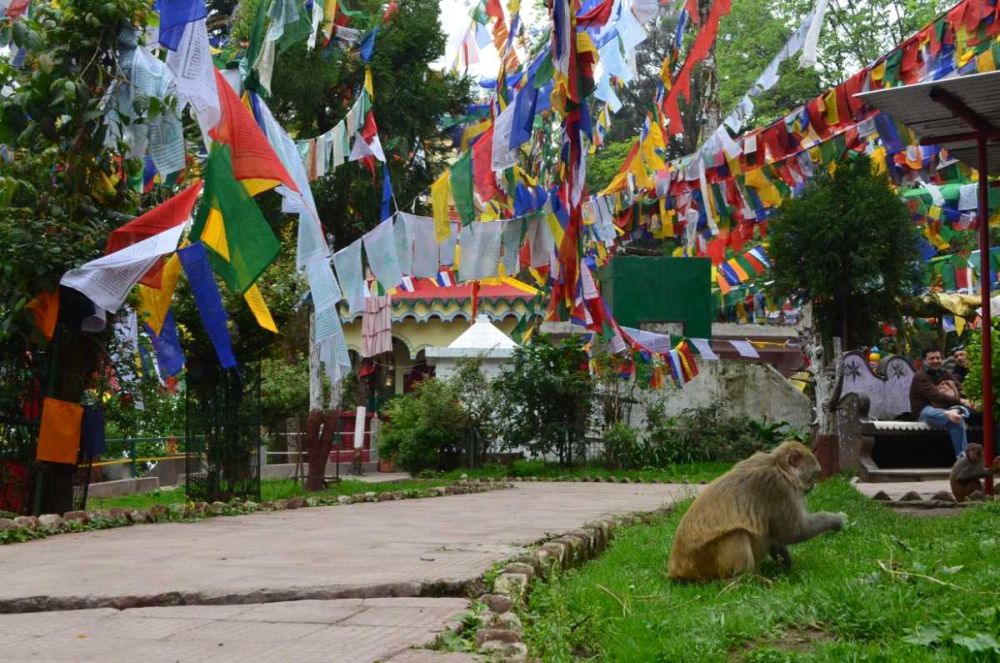

Darjeeling, situated in the state of West Bengal, India, is fondly known as the "Queen of the Hills." This picturesque hill station is famed for its lush tea gardens, the magnificent Kanchenjunga ranges, and colonial-era architecture. Among its various attractions, Observatory Hill and the Mahakal Temple are prominent landmarks that contribute significantly to its historical and cultural tourism.
Observatory Hill has a deep historical significance that dates back to the period when the British East India Company was consolidating its foothold in the region. Originally, it was the site of the Dorje Ling monastery, from which Darjeeling gets its name. The area was known as a peaceful retreat with panoramic views, which attracted the British to set up their own observatory – thus giving it the name Observatory Hill.
The hill became an important point for tourists looking for spiritual solace as well as scenic beauty. With the rise in British visitors to Darjeeling during the summer months, it became a fashionable retreat from the heat of the plains.
The Mahakal Temple atop Observatory Hill is a sacred site revered by both Hindus and Buddhists. This temple is said to be a common ground where the deities of Buddhism and Hinduism coexist in harmony, exemplifying the syncretic nature of religious practices in Darjeeling. The temple is dedicated to Lord Shiva and is a powerful illustration of unity in diversity, a central theme in Darjeeling's cultural ethos.
Mahakal Temple was established over the original Dorje Ling monastery site and has since become a major pilgrimage destination. It forms a significant aspect of Darjeeling's spiritual landscape, drawing both devotees and tourists alike. The temple's unique blend of religious traditions and the serenity of its surroundings make it a must-visit place for those traveling to Darjeeling.
In recent years, Darjeeling tourism has adapted to global and national trends. Eco-tourism and sustainable practices have become increasingly important, with many visitors seeking environmentally friendly accommodations and experiences. The focus has shifted towards preserving Darjeeling's natural beauty and cultural heritage for future generations.
Tourist activities are now more diverse, including tea estate tours, trekking, mountain biking, and cultural experiences. Moreover, Darjeeling's historical sites and colonial architecture continue to be a draw for history enthusiasts. The famous Darjeeling Himalayan Railway, a UNESCO World Heritage Site, also remains a key attraction.
The tourism industry in Darjeeling has been keen to offer visitors a blend of adventure, relaxation, and cultural insight. To accommodate the influx of modern travelers, a variety of homestays and boutique hotels have sprung up, providing authentic and personalized experiences. There's also a push for community-led tours that offer insights into local life and customs, further enriching the tourist experience.
In conclusion, Observatory Hill and Mahakal Temple are integral parts of Darjeeling's rich history and evolving tourism landscape. They provide a glimpse into the hill station's past while continuing to draw visitors with their timeless appeal and spiritual significance.